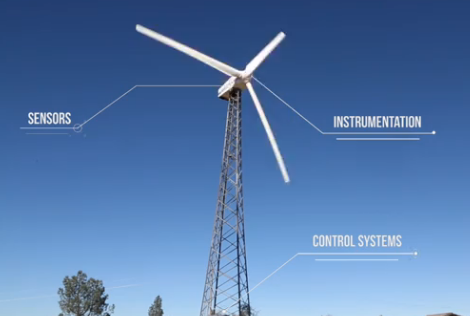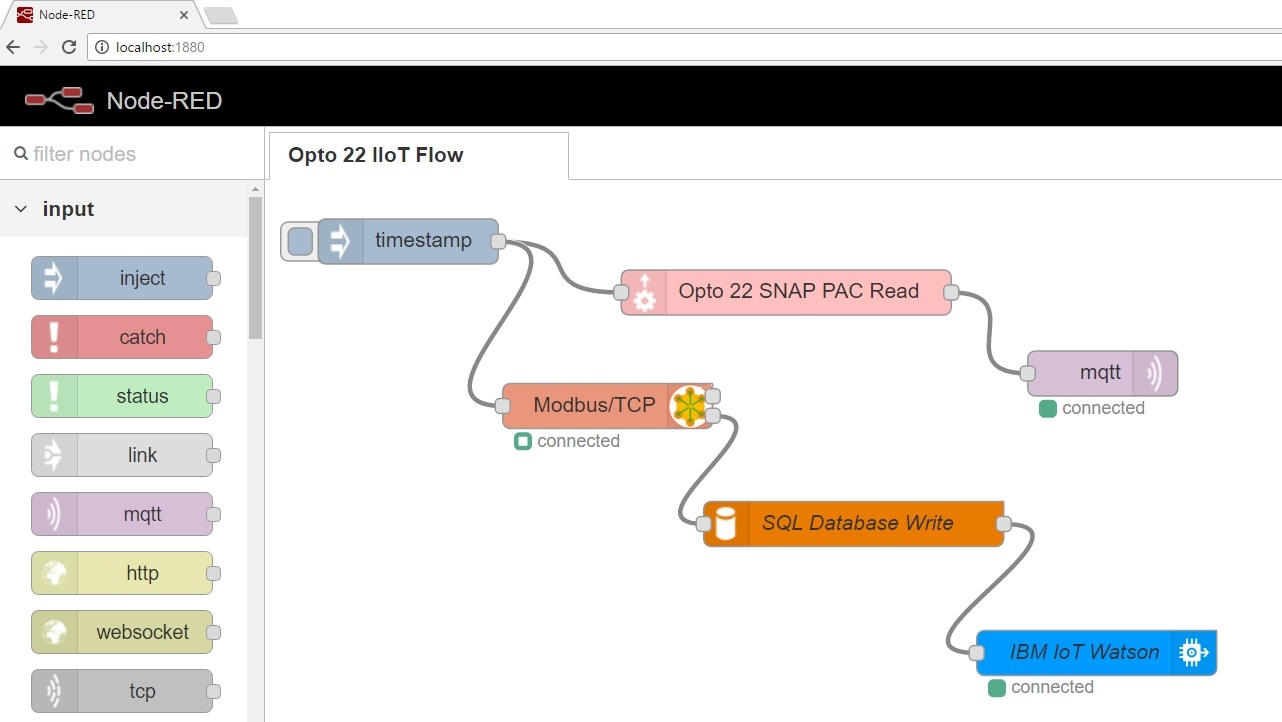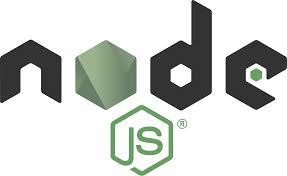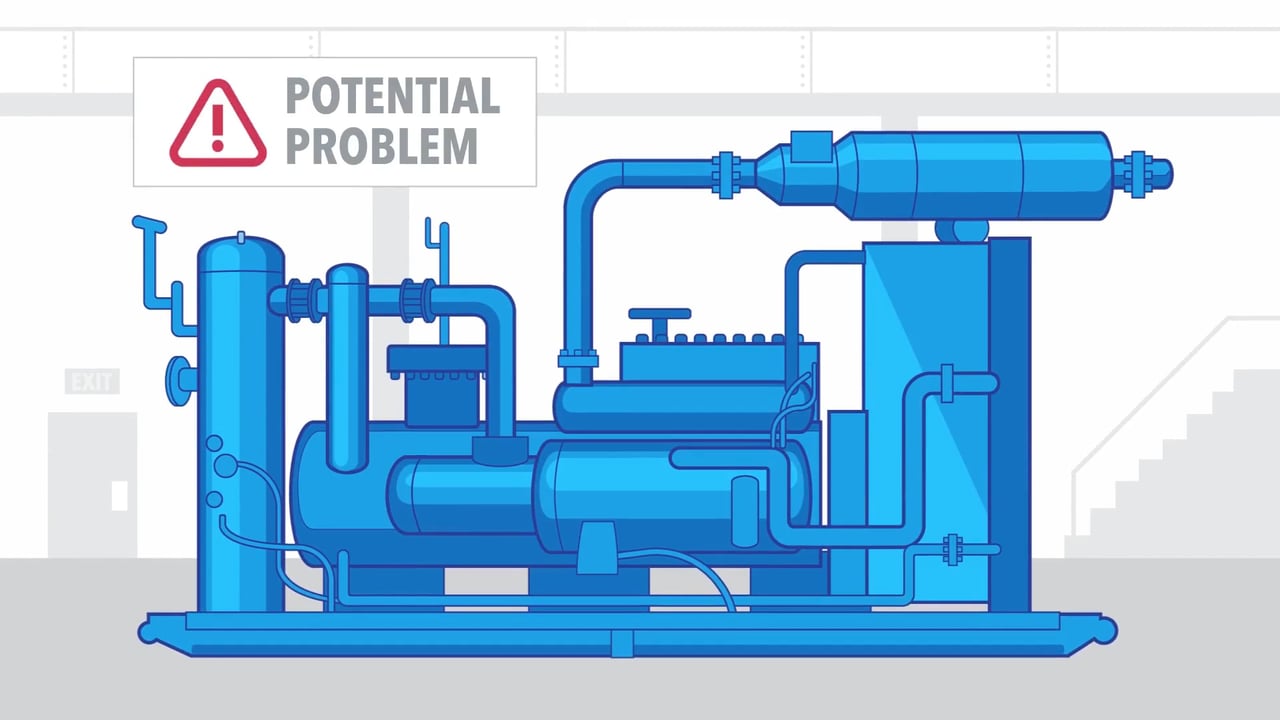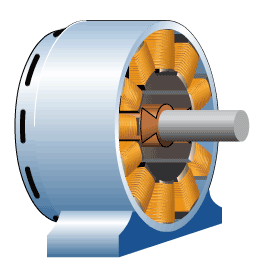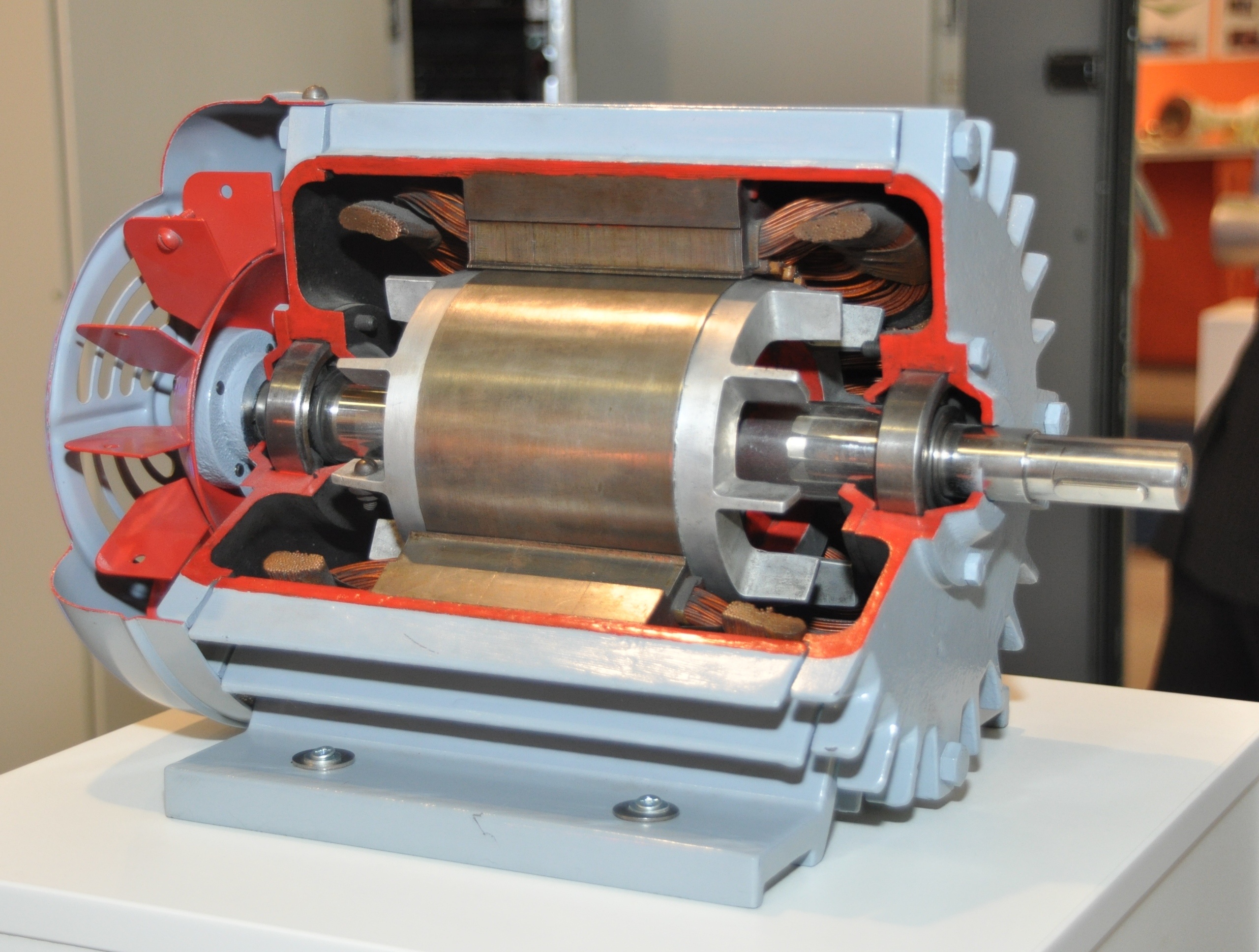For your industrial systems to join the IIoT, they’re going to need a digital twin.
Maintenance technology and standards have come a long way over the past several decades.
They started with reactive maintenance, where operators would wait for a component in a system to fail and then perform maintenance, replacing the broken part with a new one.
Read More
Topics:
Internet of Things,
IoT,
IIoT,
Industrial Internet of Things
In several previous posts we talked about some of the software technologies automation professionals should put on their radar in preparation for Industrial Internet of Things (IIoT) applications.
JavaScript, node.js and Node-RED offer a ton of benefits to those looking to build their IIoT application. Learn more about the Industrial Internet of Things in the State of the IIoT white paper.
Read More
Topics:
Internet of Things,
IoT,
PACs,
API,
REST API,
REST,
IIoT,
Industrial Internet of Things,
Node-RED,
MQTT
In a previous post, we discussed server-side JavaScript and its use case in IIoT applications. Before server-side JavaScript, applications were written in one language for server-side software and a completely different language for client-side software.
This split complicated application development, because it required having two sets of software developer talents—or even two separate software developers or teams—one for client-side and one for server-side application development.
Server-side JavaScript and the node.js runtime environment have solved this problem.
Read More
Topics:
Internet of Things,
IoT,
PACs,
IIoT,
Industrial Internet of Things
As the IIoT continues its widespread adoption, a lot of new IT technologies are quickly being adopted by the industrial automation and process control industries. More and more, industrial assets are becoming Internet enabled and being connected to other digital systems.
Monitoring OEE and KPIs in real time from a mobile device is no longer a pie-in-the-sky application. It’s happening right now, through the convergence of OT and IT.
One of the technologies that’s enabling the IIoT is secure digital communication. And to establish that secure communication, you need to have an authority you can trust that can validate the indentity of devices on a network and on the Internet. You have to trust that the encrypted connection you're using is actually connected to the device you want to talk to, and not to some rogue node trying to breach your network and steal your information.
That’s where Certificate Authorities come into play in the IIoT.
Read More
Topics:
Process control,
Internet of Things,
IoT,
PACs,
Security,
IIoT,
Industrial Internet of Things
In a previous post we introduced JavaScript and discussed its widespread adoption as a result of its interoperability between web applications, particularly browsers.
In this post we’re going to tackle some ideas related to why JavaScript is poised to literally take over the Industrial Internet of Things as the software language of choice for IIoT developers.
We’ll also discuss why, if you’re an industrial automation engineer starting to think about the IIoT, it might be a good idea to brush up on your JavaScript skills.
Read More
Topics:
Internet of Things,
IoT,
PACs,
RESTful server,
IIoT,
Industrial Internet of Things
The Industrial Internet of Things (IIoT) is coming at us fast. Big players like Dell, IBM, and Amazon are entering industrial markets and creating disruption among the typical market vendors. And with these new players comes a variety of technologies that are being applied in new and interesting ways to build the IIoT.
Over the next several blog posts, we’ll be discussing the top 5 software technologies and languages that systems integrators and automation engineers should begin learning about to be ready to build Industrial Internet of Things applications. Sign up for the blog to get access to followup blog posts as they’re released.
Read More
Topics:
IoT,
API,
REST API,
IIoT
In one of our previous blog posts we talked about AC motors, the workhorse of modern industrial automation. We learned how they use magnets, electromagnets, and magnetic fields to generate huge amounts of torque to run our industrial processes.
To understand how modern motor control works, let’s take a closer look at how a 3-phase AC induction motor works.
Read More
Topics:
Process control,
Discrete control,
Electronics,
PACs
This is the first post in a series of upcoming posts on Industrial Automation 101 topics.
These posts are geared towards people new to the industry who are looking for basic information on how some of the gear in the industrial automation field works, when to use it, and maybe even how to troubleshoot it here and there.
Read More
Topics:
Process control,
Discrete control,
Electronics
In a previous blog post we covered what ransomware is and how it’s being used to target industrial users like water and wastewater SCADA systems.
Ransomware is basically when a hacker obtains control of your data, or even your control network and automation systems, and won’t relinquish control back to you until a ransom is paid.
It's a major potential threat against IIoT applications.
Read More
Topics:
PACs,
Security,
IIoT
When most people think about cyber security, they probably conjure up thoughts of someone locked away in a dark room, wearing the same grey hoodie for months. Staring at a screen for days at a time looking for just the right network packet to tell them where and how to attack. But that's not always how hacking is done.
Read More
Topics:
Process control,
PACs,
Networking,
Security

